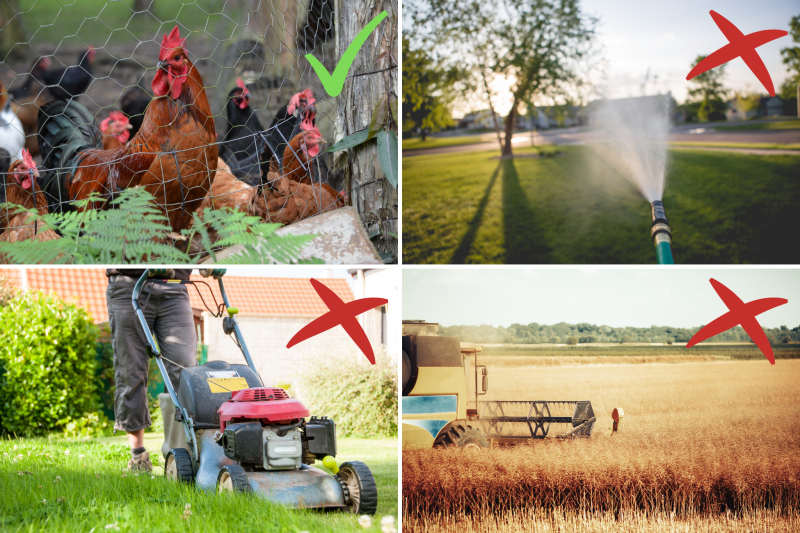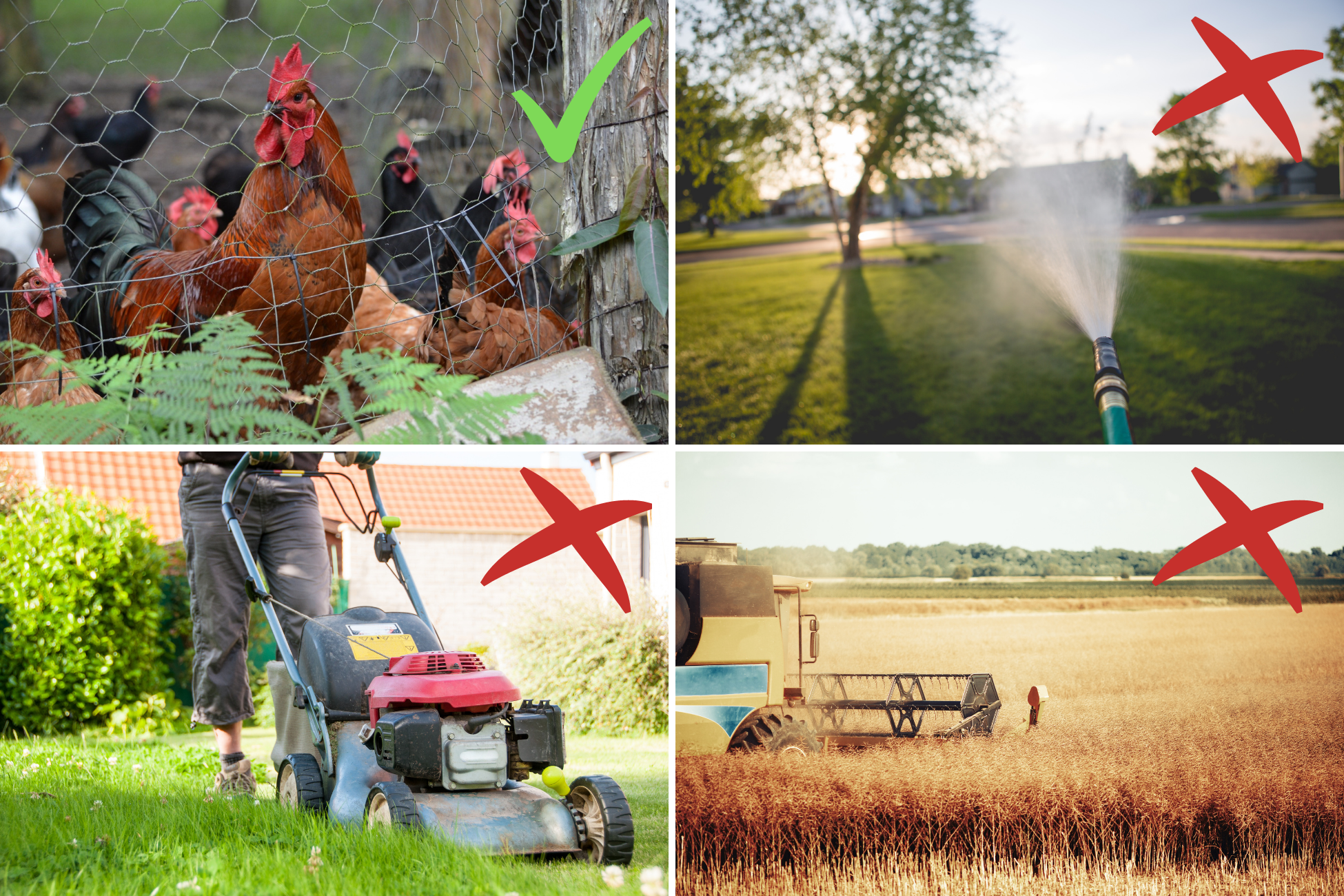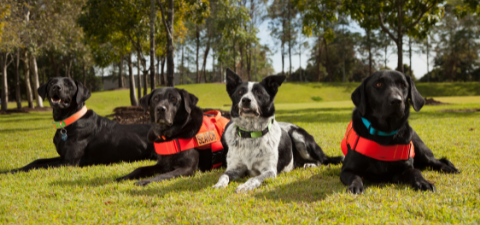Distributing fire ant treatment by air is the quickest and most cost-efficient way to treat fire ants on larger properties.
Aerial treatment means less interruption for property owners and occupiers. We can also treat large properties in hours rather than days.
Before treatment
We will let you know before we carry out aerial fire ant treatment on your property.
We will provide you with planned treatment dates — these may change due to weather conditions.
Our team will design an individual treatment plan for your property. The aerial treatment will:
- occur between 7am and 4pm, 7-days-a-week
- account for factors such as crops and livestock
- not include the areas around your dwelling or water sources — this will be done using handheld spreaders and/or utility-terrain vehicles.
While the treatment is safe for humans and pets, we recommend free-range poultry is contained during treatment. This is to ensure fire ants have time to take the product back to their nest before the birds eat it.
During treatment
Fire ant treatment is placed in specially designed hoppers located on our aircraft.
Our pilots then distribute the treatment as detailed in property treatment plan.
Together with on-ground staff, our highly experienced pilots observe the behaviour of livestock and if issues arise, they will move the aircraft away from the area.
After treatment
Fire ant treatment takes time to work. After treatment, to ensure it has the best chance of success it is important that you do not:
- disturb or mow the treated area for 48 hours — including crops, paddocks, gardens and lawns
- water or irrigate the treated area for 48 hours
- let poultry roam for 24 hours after treatment — this will give the ants time to collect the bait.




